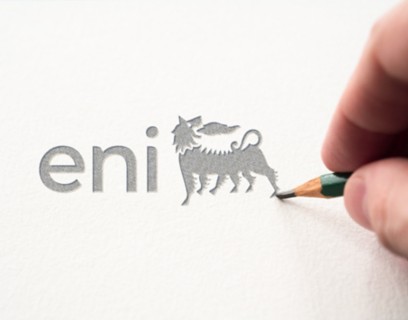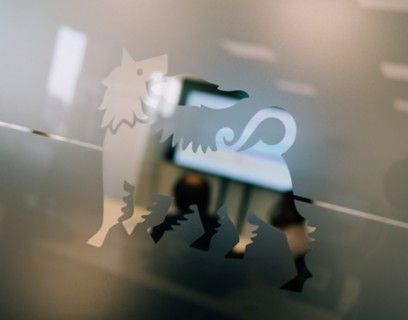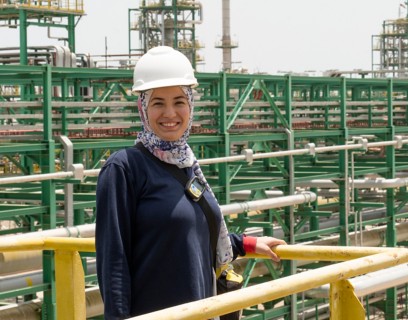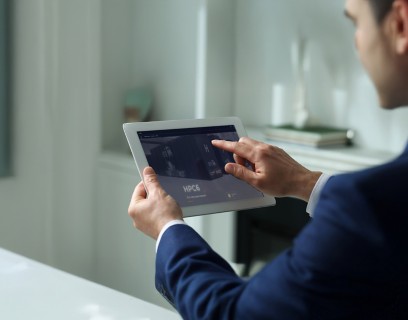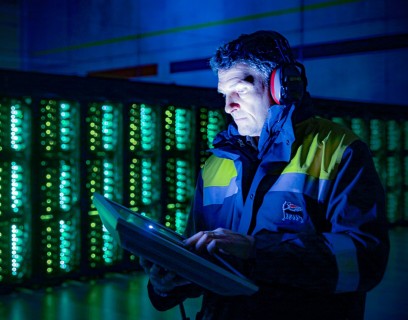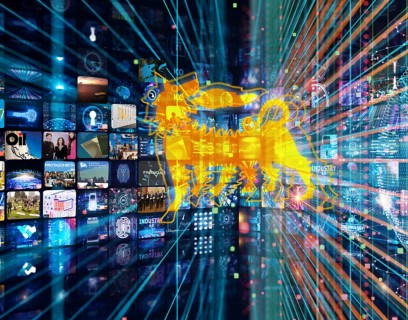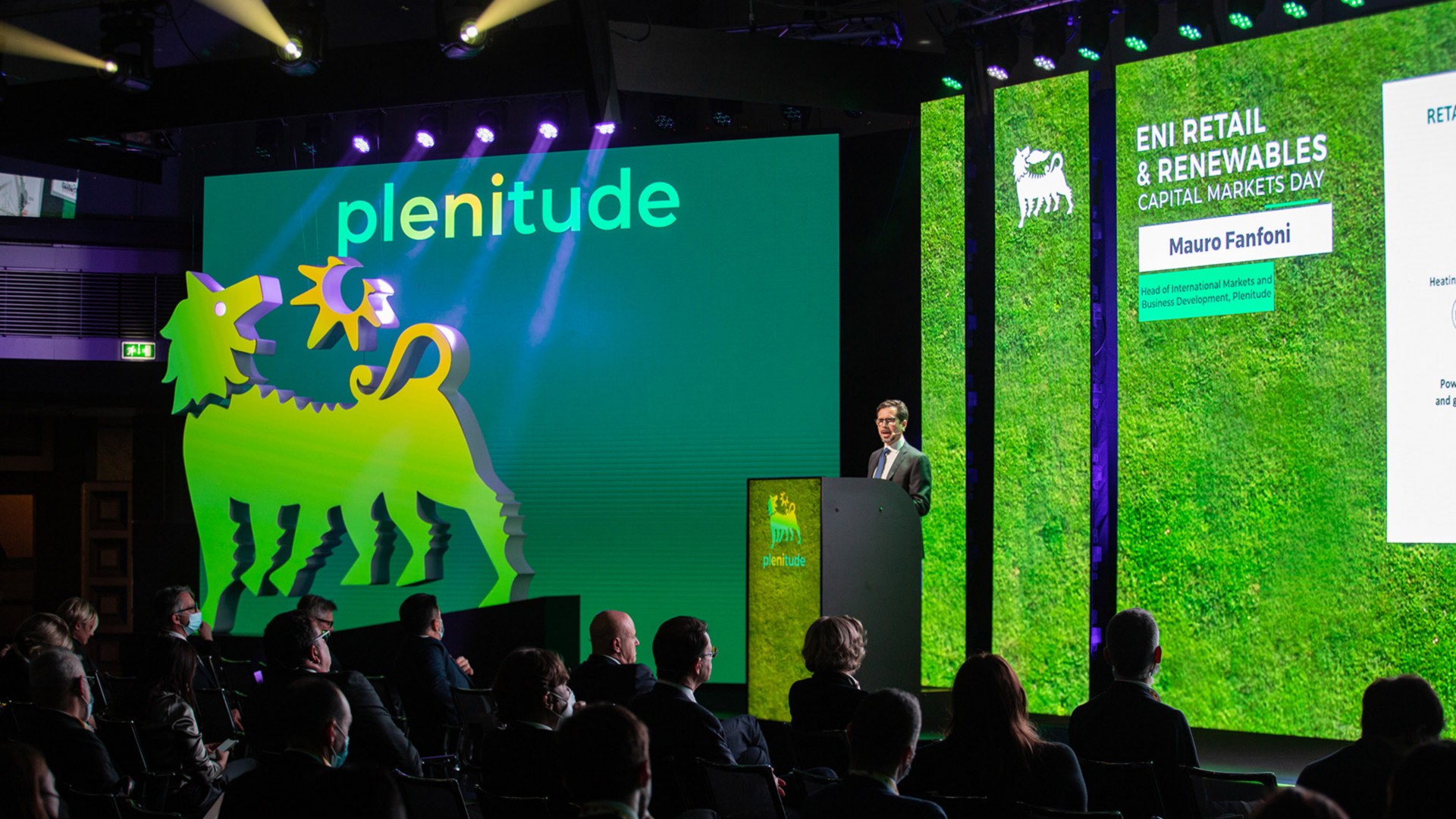
Or , our new artificial intelligence tool.
MyEni Login
- ENERGY PRODUCTS AND SOLUTIONS
- COMPANY
Plenitude: the six-legged dog’s new energy
New colours for tomorrow’s energy.

The six-legged dog, Eni’s symbol, which has carried energy around the world for over half a century, it takes on the colours of Plenitude, Eni’s new identity that evolves the experience of Eni gas e luce by integrating renewables, retail and electric mobility.
With the same backward-turned head and elongated body, the hallmark of the new graphic design is a green sun, representing Eni’s journey towards the energy transition.
Accelerating change together
Unveiled at the Capital Markets Day on 22 November 2021, Plenitude looks to the future while retaining strong roots in tradition, and the new logo bears witness to this change, with a name that contains the three letters “eni”.
Plenitude has been created as a tool to accelerate the energy transition and is «a key element of Eni’s decarbonisation strategy», as explained by Stefano Goberti, CEO of the new company, during the presentation: the company «aims to supply 100% decarbonised energy to all its customers by 2040, supporting Eni’s target of net-zero Scope 3 CO2 emissions» (those not produced directly by the company but indirectly linked to its activity, such as the use of the products sold).
«This is a key stage of our ongoing transformation, » said Claudio Descalzi, Eni’s Chief Executive Officer. «The energy transition is primarily a technological challenge. Developing and rapidly implementing proprietary technologies has given us a competitive advantage. And in order to exploit these innovative solutions, new tools are required from a corporate perspective. »
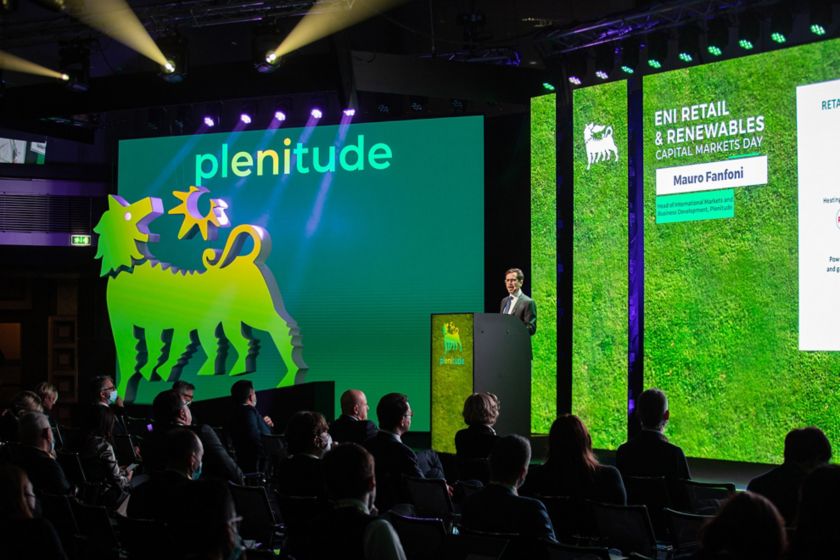
Picture from the event and the presentation
The strategy behind the change
The Plenitude brand reflects an international vision, an identity that is immediately recognisable yet accessible and consistent with digital dynamics. The name, both descriptive and evocative, connects with the world of energy (literally meaning “abundance, plenty”, pointing to the possibilities opened up by new energy sources) and conveys the fullness of a global vision.
With the Plenitude rebranding and a new visual identity, Eni intends to communicate its corporate strategy, which focuses on:
• Sustainability: The use of green and the depiction of the sun provide a strong visual signal of the shift to clean energy sources.
• Integration: Plenitude has brought together several activities (gas, power, renewables, electric mobility) under a single brand, offering customers a more integrated and complete experience.
• Customer focus: The new logo and the name “Plenitude” reflect an offering designed to meet people’s everyday energy needs, from home energy to the charging of electric vehicles.
A clear and consistent way to express its commitment to a more sustainable and integrated future.
